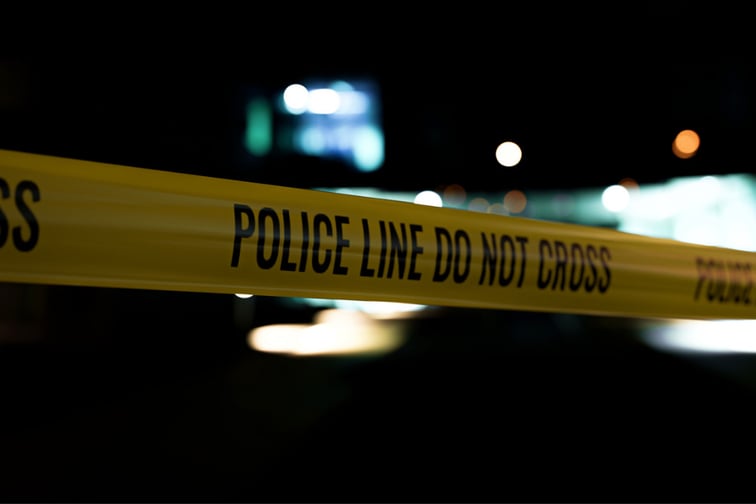

Nineteen children and two teachers were killed in the recent shooting at Robb Elementary School in Uvalde, Texas, the latest display of the brutality of gun violence in the US.
Behind the body count is an almost equally disquieting price tag. Ted Miller, a health economist from the Pacific Institute for Research and Evaluation, has calculated the cost of gun violence in the US using 2019 data and discovered that it costs $557 billion in a year.
Using data from federal government sources and a cost model developed by the Pacific Institute for Research and Evaluation, Miller broke down the economic costs of gun violence into two categories. Direct costs included immediate medical attention, the lifetime of medical care that could follow – such as spinal cord injury – emergency services, mental health care, and court and incarceration costs. Indirect costs covered work loss in terms of both wage and household work, as well as lost quality of life.
Lost quality of life, which formed the bulk of the overall amount, represented "the present value of what was irreparably damaged when a victim's life was cut short or a survivor was permanently disabled by gun violence,” Miller told ABC Radio National’s The Money.
Direct and indirect costs added up to $557 billion in one year.
The costs calculated from 2019 data were significantly higher than the numbers crunched using 2018 data, $406 billion, which Miller pointed out was because federal government agencies had recently settled on a “value of a life” amount much higher than what they had previously fixed - $10.5 billion instead of the previous $6-6.5 million.
But when it comes to direct costs, who foot the bill? As Miller found out, the government – and so, the taxpayer – carries most of it.
"Most of the firearm injuries are covered by Medicare or Medicaid, which are our public insurance programs for lower income people," Miller said. "Private health insurance pays another large chunk … And some [bills] will even be paid out-of-pocket by people who were shot."
Data from Everytown Research & Policy has also revealed that suicide accounts for 60% of all lives lost to guns, though gun violence is often associated with mass shootings in the US. While suicides bore far lower economic costs, the “intangible cost in pain and suffering” was still a “crushing weight to bear,” said Miller and his team.
The prevalence of guns played a big part in where suicides and homicides occurred. “… [Your] chance of dying by suicide and your chance of dying by homicide are both much higher if you have a gun in your home," Miller said.
The Supreme Court recently expanded gun rights by ruling that Americans had a right to carry firearms in public for personal defense. Days later, President Joe Biden signed one of the most sweeping gun violence bills into law. The bill enforced stricter background checks for younger gun buyers, restricted gun ownership for perpetrators of domestic violence, and funded mental health programs, ABC News reported.
"Lives will be saved," Biden said while signing the law.
